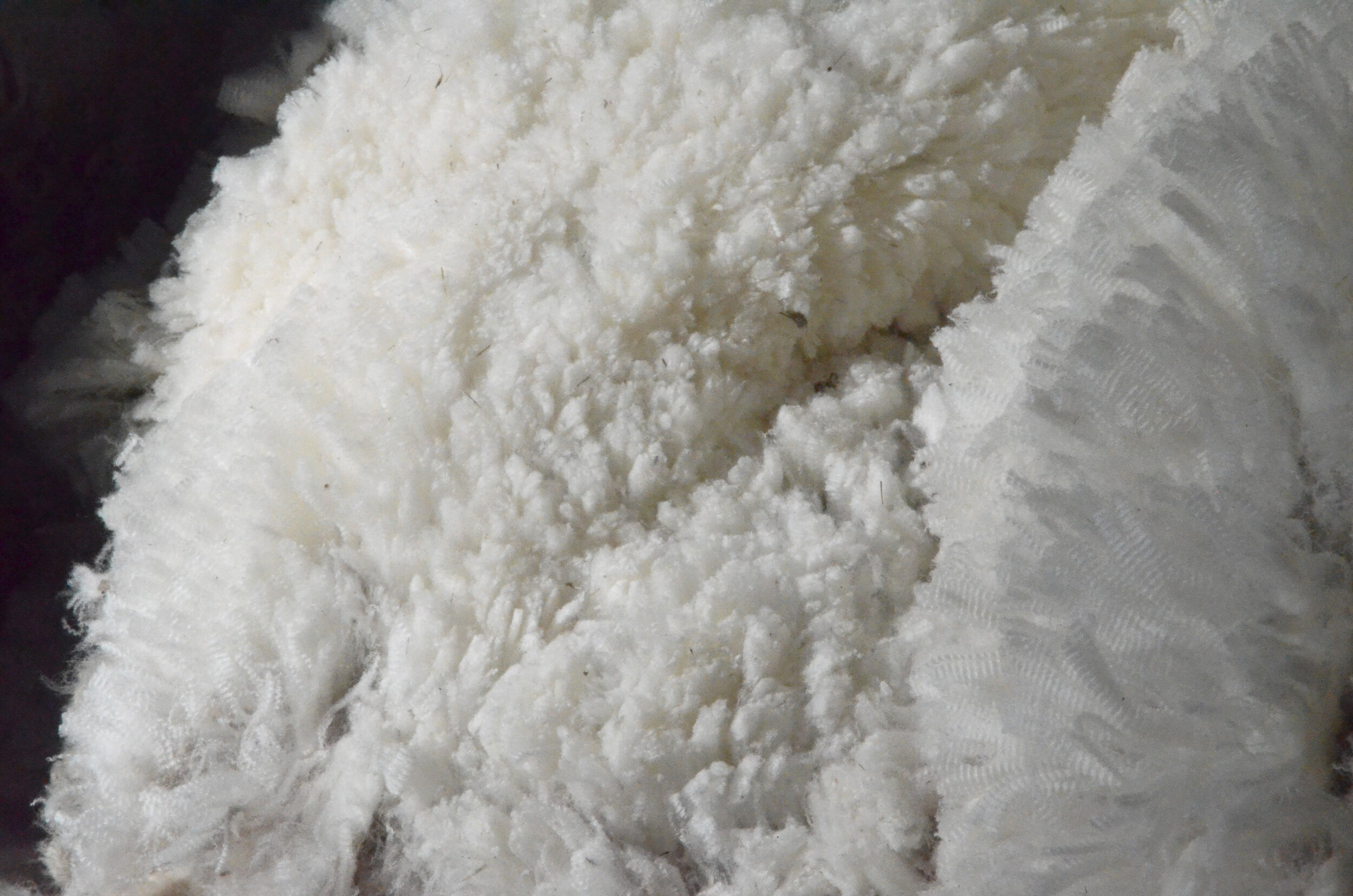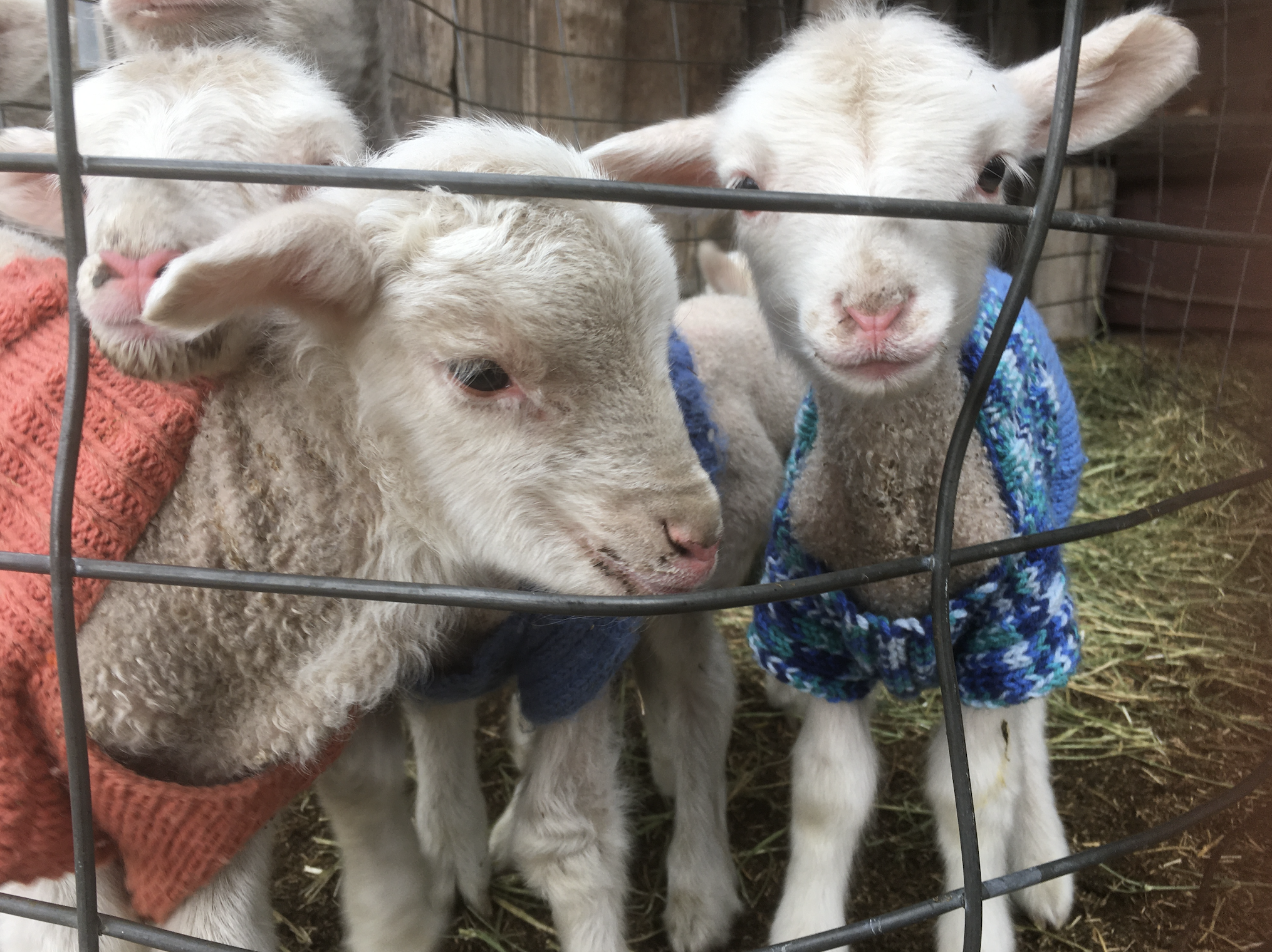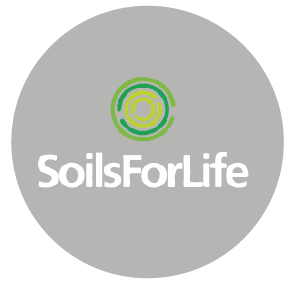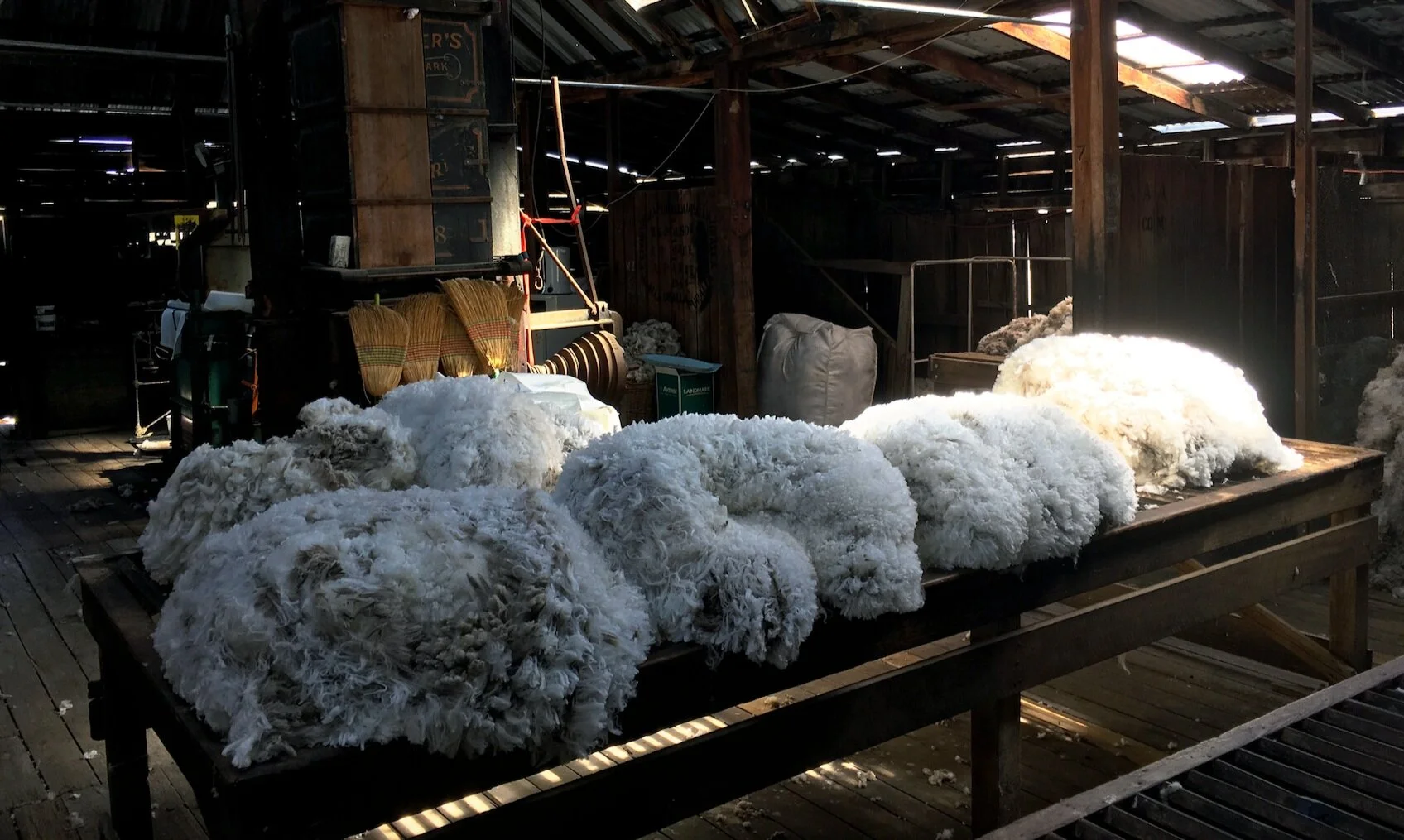
WOOL - A NATURAL FIBRE
Land to Market
RWS Genesis
Woolmark Plus / Sustainawool
Authentico
❤︎ WOOL FIBRES
❤︎ NATURAL
❤︎ BIODEGRADABLE
❤︎ RECYCLABLE
❤︎ REQUIRE LESS WASHING
❤︎ RENEWABLE
✘ MAN-MADE FIBRES
✘ PETROLEUM BASED
✘ NON-BIODEGRADABLE
✘ LANDFILL
✘ REQUIRE MORE WASHING
✘ NON-RENEWABLE
LEARN MORE AT WOOLMARK.COM
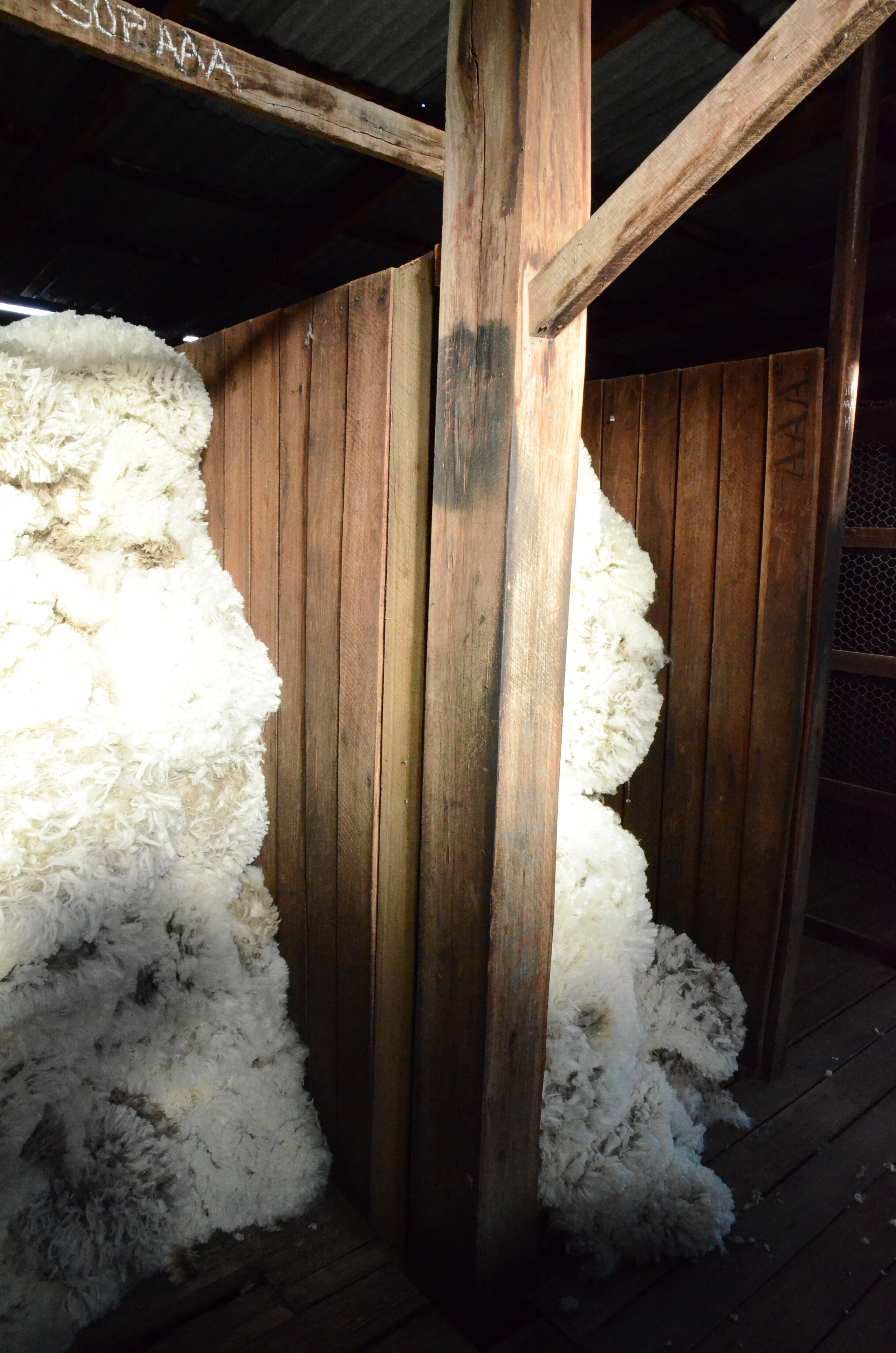
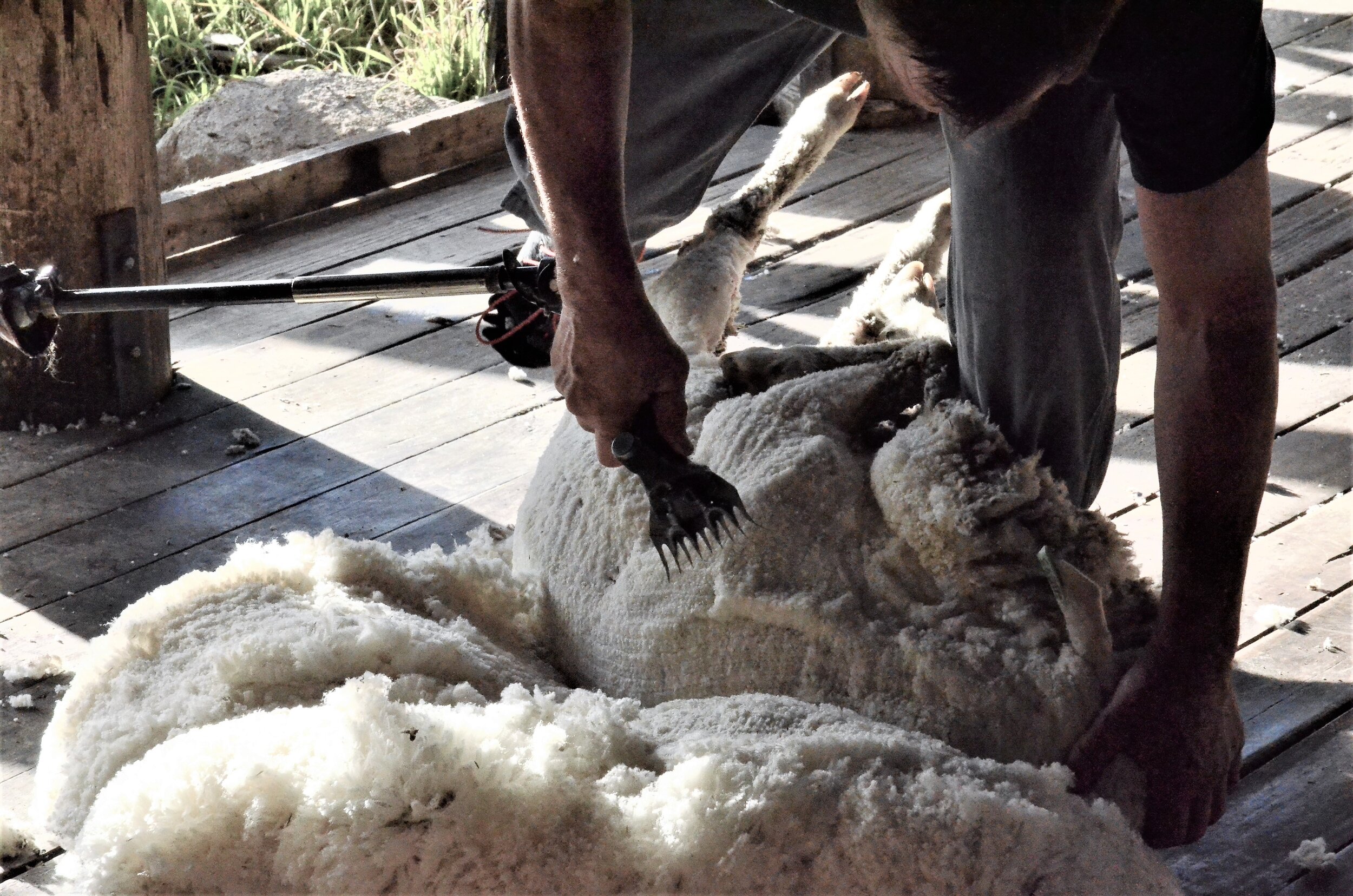

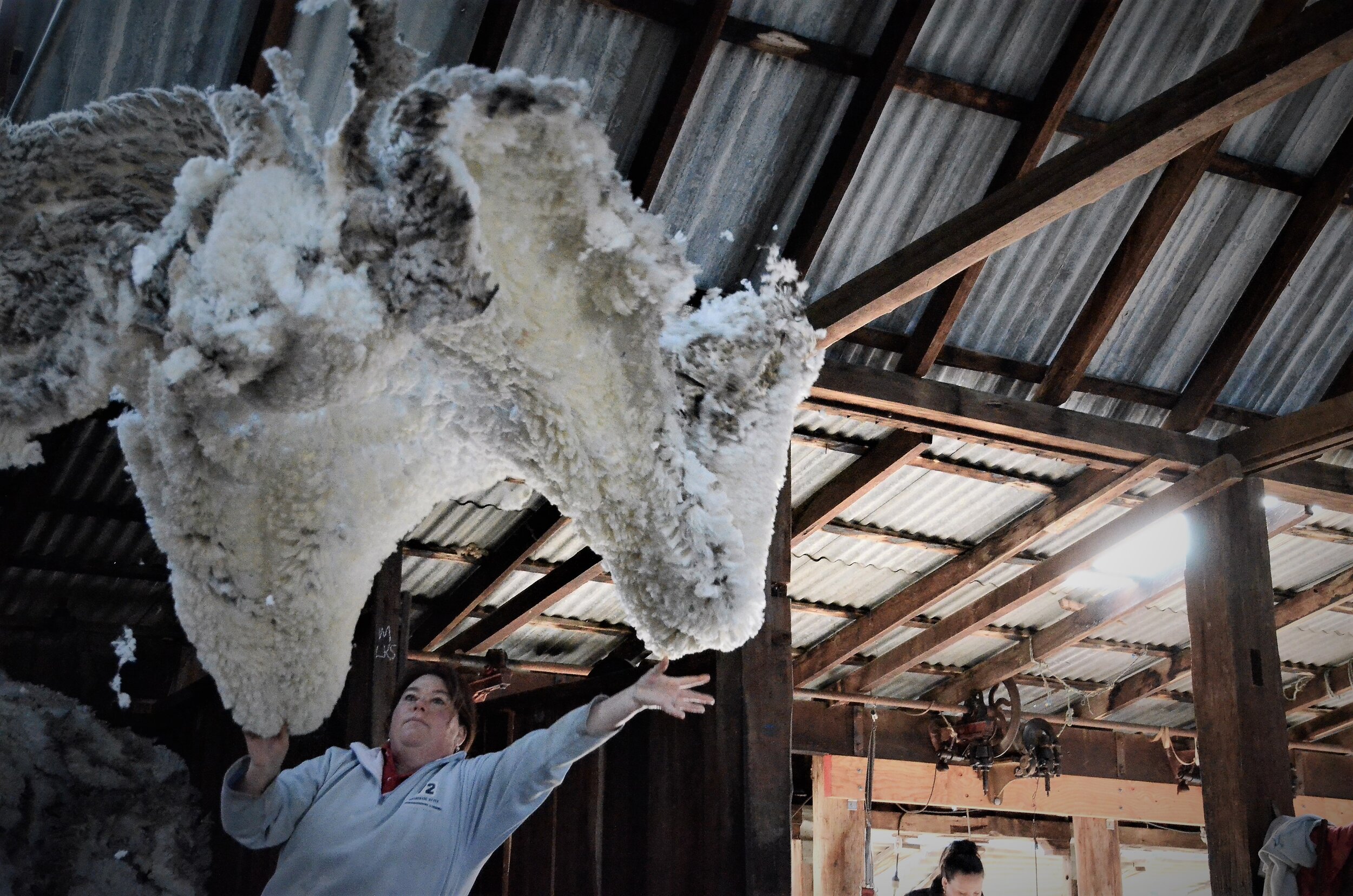

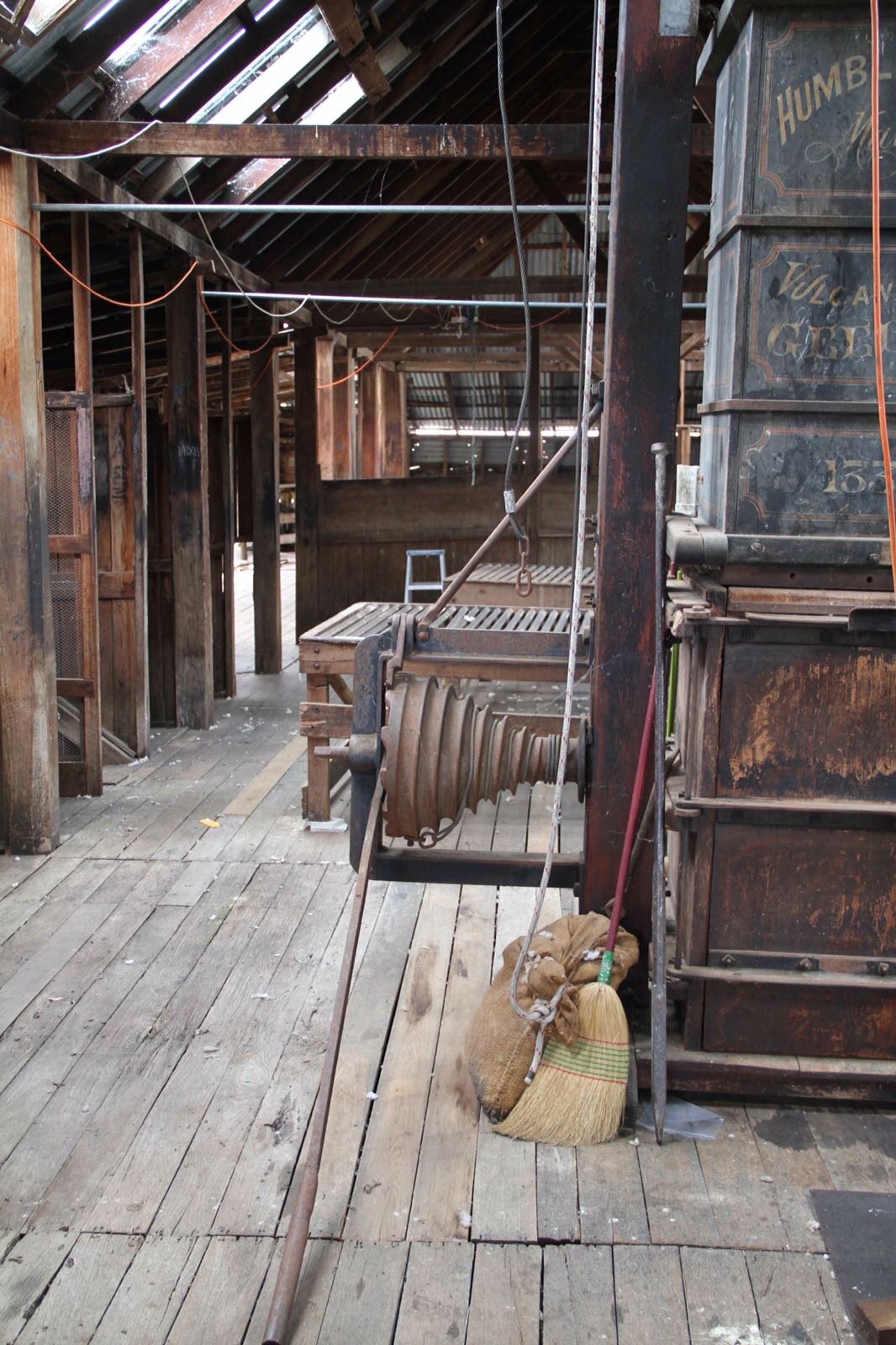

"Natural fibers, like wool, decompose in months, while synthetic fibers can take over 200 years—highlighting the importance of choosing natural over synthetic to combat microplastic pollution."
- Richard Daugherty , Balala Owner & Operator
OUR WOOL
YIELDS AVERAGE AROUND 73%
STAPLE STRENGTH ABOVE 42%
Our 16.5 micron super fine merino flock produces a bolder, bright wool to suite the New England's high summer rainfall conditions.
We run a non-mulsed, self-replacing flock and the main profit drivers in our wool enterprise are
✓ Micron
✓ Clean fleece weight
✓ Staple strength
✓ Next to skin comfort factor
WE STRIVE TO ACHIEVE BEST PRACTICE IN RUNNING OUR FLOCK.
✓ Australian Breeding Values
Genetics, monitoring genetic progress through our ram team on Ram Select
✓ Genetic Flock Profiling
✓ Epigenetics
✓ Individually electronic tagged to index performance
✓ Pregnancy Scanning for twins and singles
✓ Provenance and traceability
✓ The 5 Freedoms in Animal Welfare
Freedom from hunger and thirst
Freedom from discomfort
Freedom from pain, injury and disease
Freedom to express normal behaviour
Freedom from fear and distress
“At the end of the day, ethical animal welfare practices
are about healthy soils and nutrient dense food sources”
- Richard Daugherty , Balala Owner & Operator
MEMBERSHIPS & PARTNERS
Z-NET Uralla
Uralla regenerative and sustainable ways of living
AHMC
Regenerative Ecological Outcome Verified
SRI / AgTech
Using technology inform farm improvement
Soils For Life
Regenerating Australian soils & landscapes




